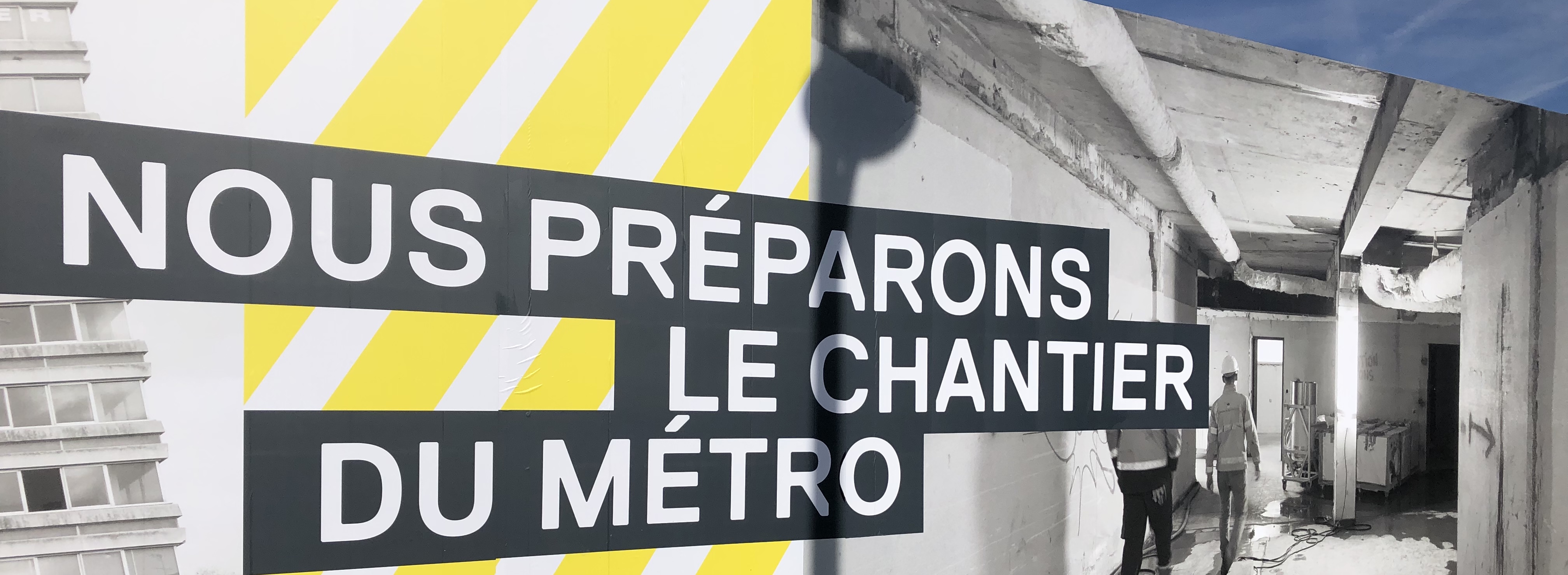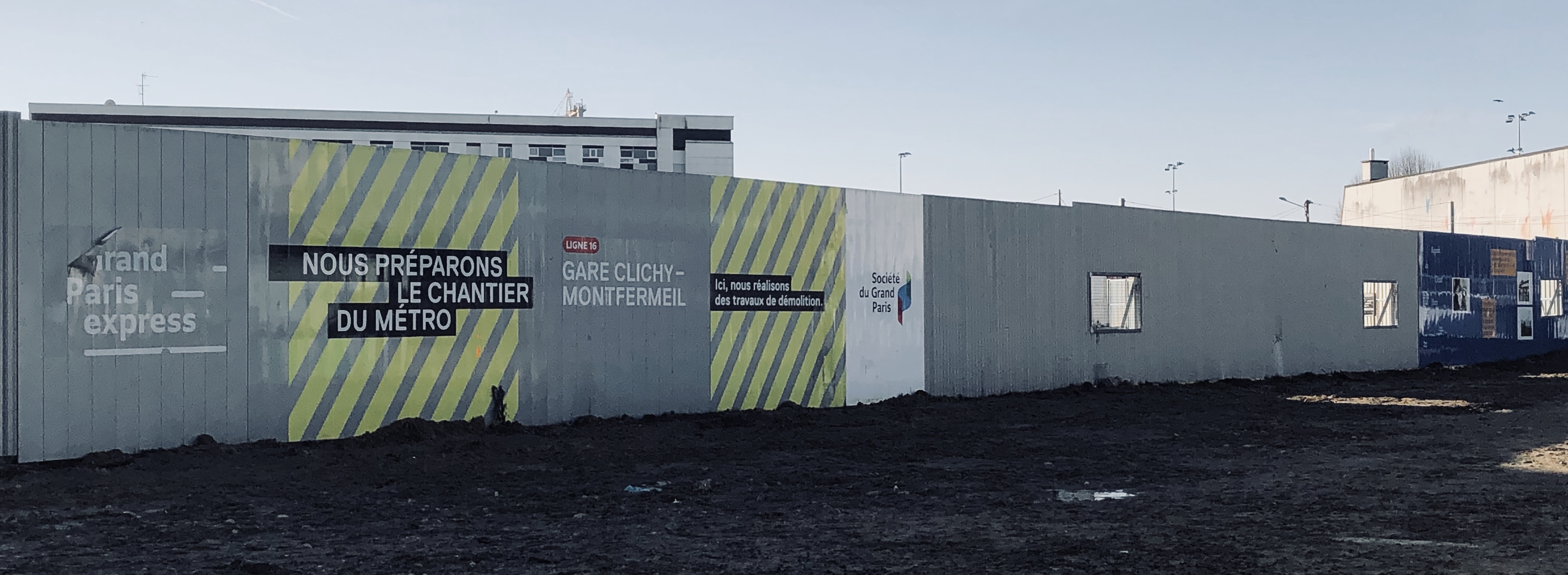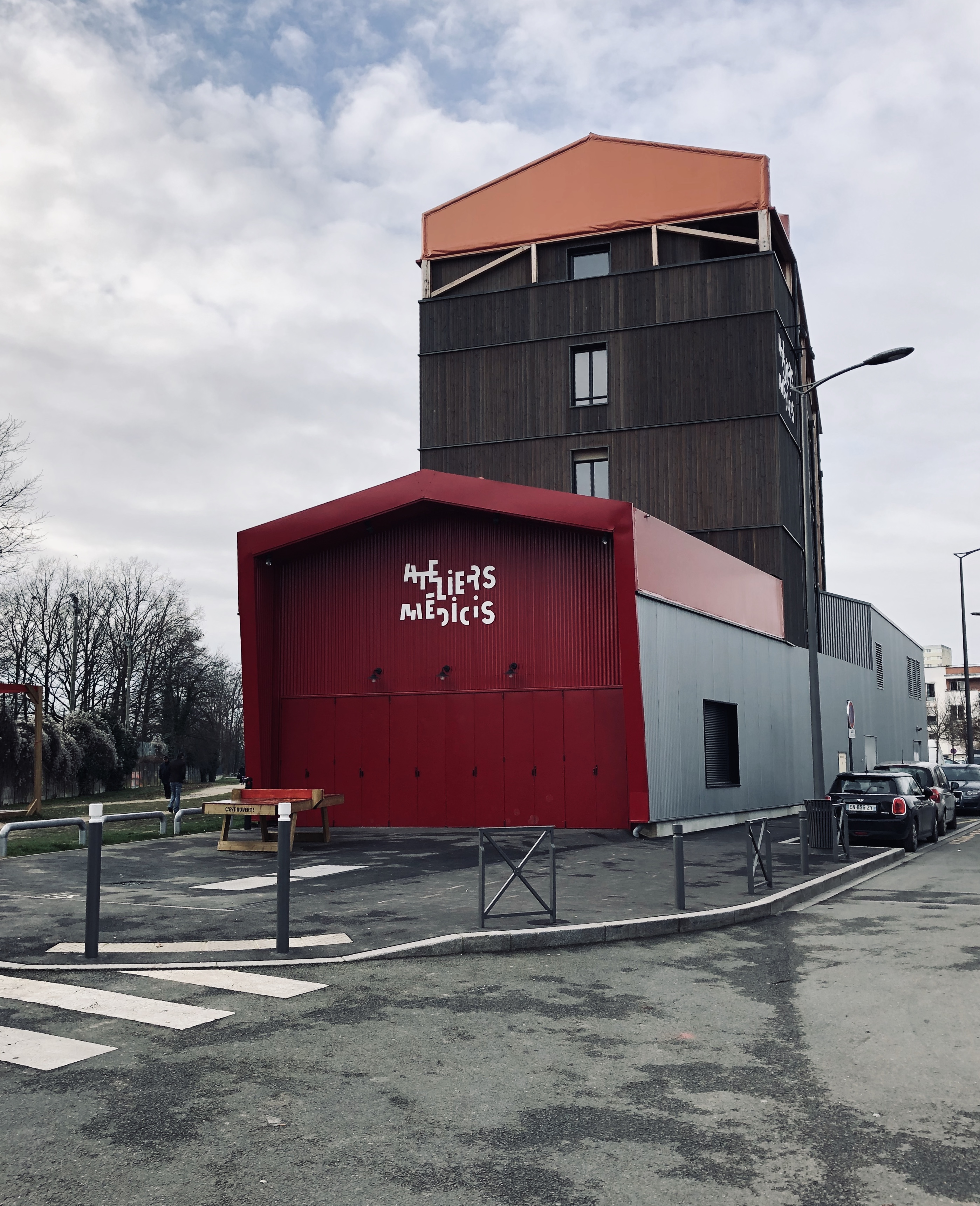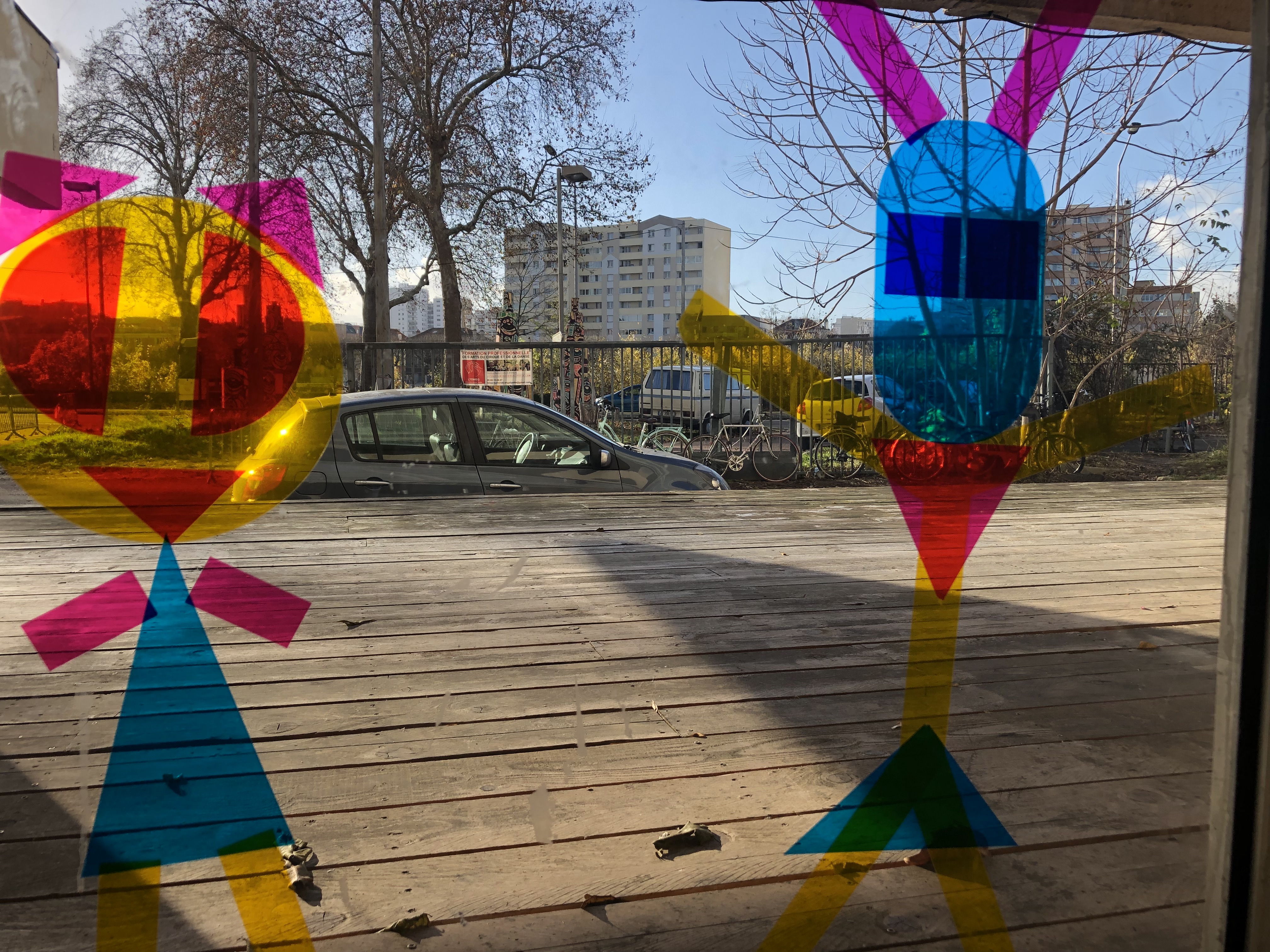
Inventing Grand Paris: Visual Culture, Regeneration and the Right to the Global City is a project that analyses the role which visual culture has to play in urban regeneration. This project was funded by the AHRC Fellowship in 2018-2019 and its outputs are ongoing.
Over 2018 and 2019, I met with a variety of artists and arts organizations in Seine-Saint-Denis, interviewing them with the aim of understanding better the cultural politics of urban regeneration in this Parisian suburb. One of the central concerns of the project is to examine the antagonism between the French state’s place-making agendas of the Grand Paris redevelopment of the île-de-France region — a large-scale strategy aimed at transforming Paris into a global megalopolis — and artistic practices that potentially assert the voice and visibility in public of socially and ecologically marginalized actants. Its lines of enquiry re-visit the ‘Right to the City’ for the 21st Century, and draw Lefebvre’s concerns for social justice into dialogue with our contemporary environmental realities, which call into question the anthropocentric notion of the ‘urban’, and cast doubt on the viability of mega-scale infrastructural development and unlimited growth.

Launched in 2007 by Nicolas Sarkozy, the Grand Paris programme is in the process of transforming the French capital on a scale unseen since Haussmann, with a core aim being to reassert Paris’s hegemony on the global city index by 2025. Central to the programme is the integration, through high-profile infrastructural projects, of suburban satellites or banlieues with the historical centre.
In this context, Seine-Saint-Denis represents a challenge: the suburb became internationally infamous in 2005 following the outbreak of widespread urban violence in response to the death of two teenage inhabitants who were being chased down by armed police; it is the most heavily surveilled territory in France; it constitutes the poorest department in the country despite being part of Europe’s richest region, the Ile de France; finally high unemployment, racism and police brutality have contributed to produce an image of the suburb as space of ‘threat’ to the coherence of the Republic.
The site on mainland France most emblematic of the consequences of decolonization and deindustrialization for urban communities, Seine-Saint-Denis constitutes this project’s locus as it here that issues of visibility, visual culture and spatial justice tangibly intersect. Firstly, the rehabilitation of this suburb is crucial to the success of the Grand Paris project, and secondly recent urban policy, seeking to counter Paris’s reputation as a ‘museum city’, has identified the ethnic diversity and subcultural capital of this ‘badland’ as central to rebranding a globalized Paris.
Given the interlinked drivers of neoliberal growth, mobility and creativity, culture is at the forefront of state-led regeneration. However, the promotion of ‘creativity’ raises significant questions around whose culture and in whose interests art and creativity operate. One of this project’s arguments is that analysis of visual cultural interventions in urban spaces reveals the agonism at stake in remaking left-behind places in the twenty-first century. On the one hand, design, architectural and cultural exhibitions are at the heart of the neoliberal agenda to remake the image of the suburbs, the city, and the nation. They work to curate an internationally competitive, socio-ecologically-just speculation of the emerging city. On the other hand, many independent and community-driven artists draw attention to localized struggles to make places that promote socio-ecological agendas beyond the social cleansing or greenwashing of legislative discourse and public-private partnerships.

Where analyses of urban regeneration typically focus on high-profile rebranding enterprises, this project innovates on current scholarship in two primary ways: firstly, in theorizing the relationship between urban policy, visual culture and community action, it positions Seine-Saint-Denis as a contested symbolic space. Secondly, the project’s critical impetus lies in reframing the question ‘what do images say’ to ask ‘what can images do?’ and how do visual practices engage in constituting and contesting urban democracy within the context of large-scale regeneration and socio-ecological crises?

Setting a new research agenda, its value lies in its ‘ground-up’ approach to understanding the monumental regeneration currently underway in Paris, and art’s role in highlighting the agonism that attends to our contemporary ‘sense of place’ (Agnew 1987), while raising the question as to how we might foster the new, if fragile, solidarities emergent in the urban ecosphere.
